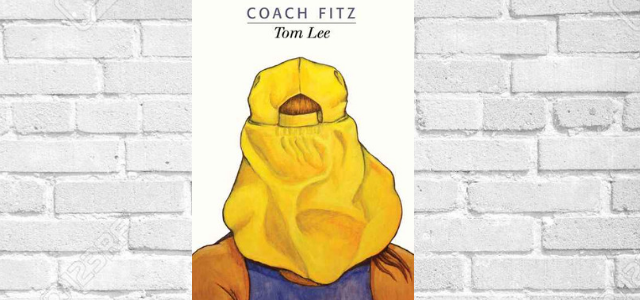Review: Coach Fitz
Author: Tom Lee
Tom, the narrator of novel Coach Fitz, is a young man living in Sydney whose obsession with physical fitness in part makes up for feelings of inadequacy lingering from his youth. He is intelligent, self-reflective and at times too much, to the point of self-absorption and independent, to the point of isolation. He hires a fitness and running coach, a former psychoanalyst, aptly named Coach Fitz, as she is both physically fit and also a good ‘fit’ for Tom. She shares his interest in self-improvement beyond just physical fitness, and in architecture, design, food and wine.
Although something of a foodie – another thread in his pursuit of living well – an aesthete as well as athlete, he is also an ascetic. In order to afford his fitness coaching he lives out of his car, a Honda Odyssey. Again, the name is not incidental, as, like Odysseus, Tom is on a quest, in his case for enlightenment through fitness.
His runs with Coach Fitz are tours of Sydney’s northern beaches and the suburbs around Botany Bay. As they run, Coach Fitz takes a holistic approach, counselling Tom about the problems with modern young men and their prolonging of adolescence emotionally and sexually. They also discuss the culture of alcohol and gambling affixed like a leech to Australian sport. She alerts him to architectural features, such as the cast-iron fittings on hotels, and the aesthetic appeal of particular public amenities. They discuss changes in topography and flora, and the attributes of parks and reserves. She encourages the immersion in landscape, rather than the ‘self-insulation’ of running with earbuds connected to electronic devices.
But Tom begins to notice inconsistencies. Coach Fitz is obsessed with her phone, her restaurant choices are dubious, and she is something of a hypochondriac. Eventually a sexual advance by the drunken coach causes him to sever ties, but his interest in running only grows, and he feels the need to take on a pupil of his own.
Running seems like a purely physical act, but of course it is also mental and emotional, and the style of writing in this novel mimics the discipline but also philosophical introspection of self-improvement. Like the work of some European novelists and the Australian writer Gerald Murnane, it is deliberately formal and reflective, carefully clear but also verbose to the point of pedantry or even neurosis. It constantly shifts between the descriptive and the overly wordy, giving it a slyly comic edge. Coach Fitz’s tendency to choose the cafes they meet in is a ‘lopsided distribution of agency that informed our decisions about places of recreation’. After living in his car for some months Tom begins ‘to hanker for an increased quantity of flat surfaces […] and immobile foundations’.
There lives within Tom both the sportsman and the nerd. Tom admits an occasional ‘obliviousness to the distinction between what was and wasn’t appropriate in making social connections’. His narration conveys lucidity and sense, even if it is a little pedantic, but between the lines seeps the idea that others might think Tom a little odd. He is oblivious to the fact that reading his protégé’s diary that gets left behind in a café, in order to gain some insight and encouragement, might be an invasion of privacy. And in Tom’s interactions with people there is an anxiety and over-analysis that perhaps mirrors his obsession with exercise.
Writing about the origins of the novel, Lee says that he is not being wholly critical of Sydney’s craze for fitness. In fact, the novel is an ‘expression of reverence’ for fitness. ‘Reverence’ is a deliberately religious word. There can be a level of religious devotion in physical exercise, with its community of believers, rituals, feelings of transcendence and attempts to live consistently well. It can be joyous and spiritually rewarding, but like the cultivation of mind and spirit there is a danger that it can turn inward, encourage self-obsession, become rigid and demanding and the arbiter of self-worth, and curb rather than enhance our interactions with others.
Nick Mattiske













